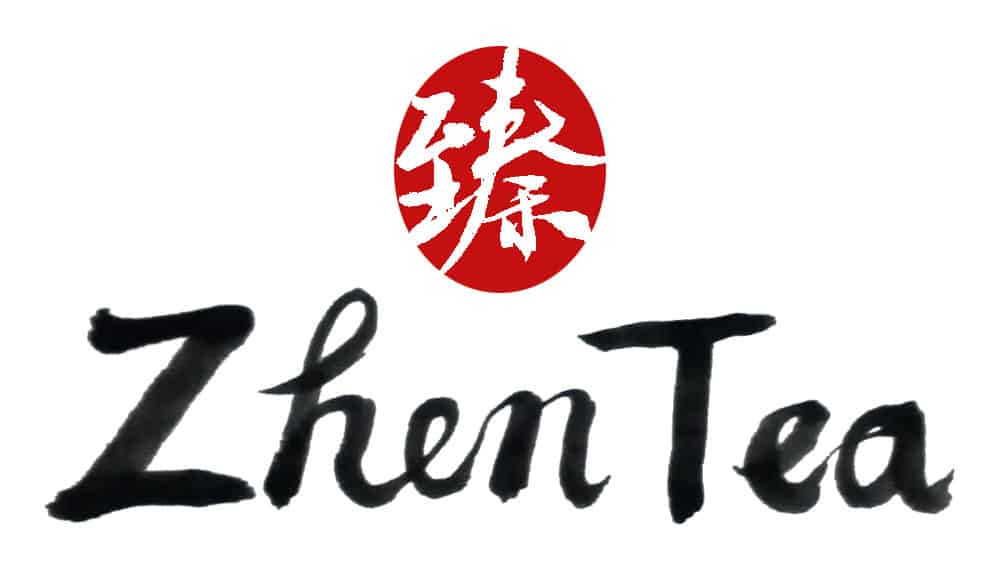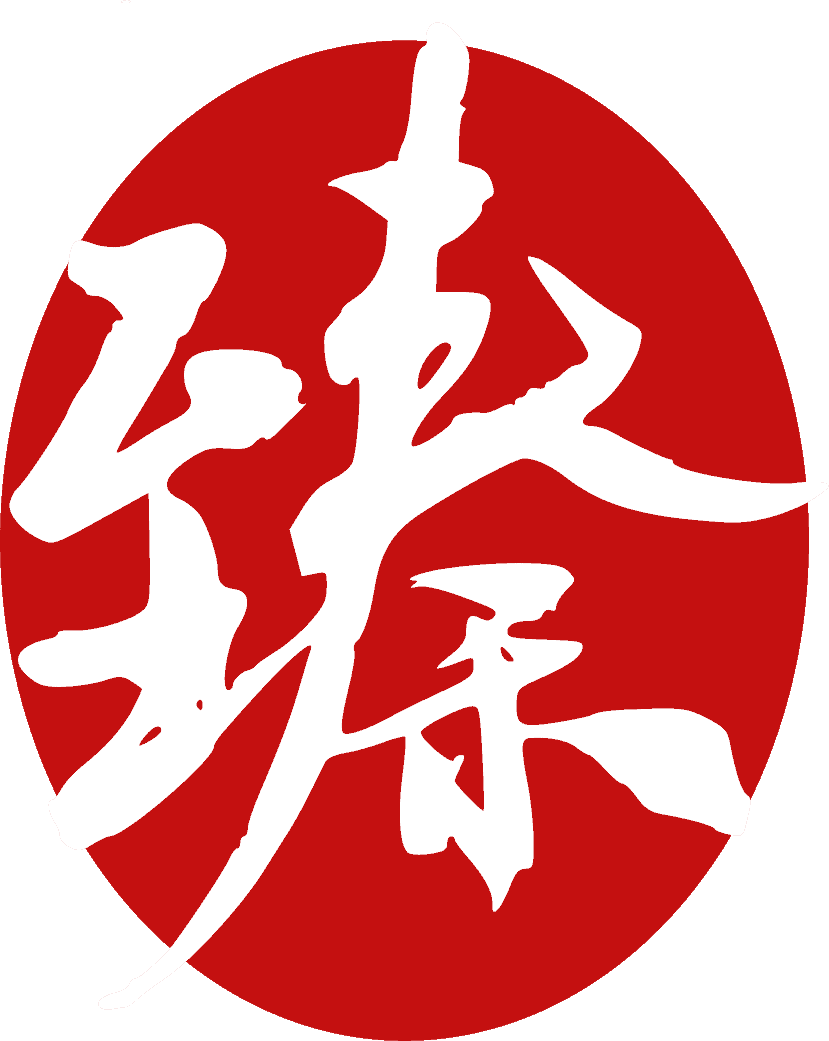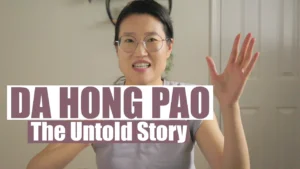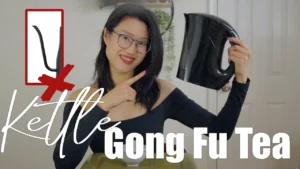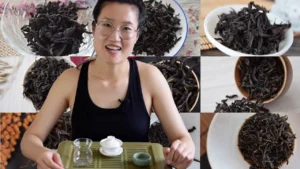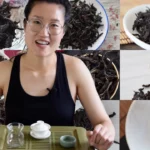We have a saying in Chinese that water is the mother of tea. It emphasizes the importance of water to tea. Indeed, in different phases of tea, from growing, processing, and brewing, water plays a vital role in tea quality. This means water and tea is a big topic that we could spend hours and hours talking about, and this video won’t be able to cover it all. However, we are going to talk about 2 topics in detail that are most relevant to us tea drinkers. The first topic is the one that is the most asked by many people, “what water should I use to brew tea”? The second one is an important factor in tea brewing that is often overlooked by many tea lovers and I will explain why I said long, thin spout kettles are not good for gongfu tea in previous videos. So without further adieu, let’s get started!
What water should I use to brew tea?
…… Basically any water that is safe to drink. Haha! I know some people take tea as a ritual, special moment that the water has to be just right, the brewing vessel has to be just right. But to me drinking tea is just drinking tea, it can be something special, a ceremony or a zen moment of my life, but it doesn’t have to be. Many times, I drink tea simply because I’m thirsty. So I brew teas in mugs, thermoses, or even bowls if I have too, with tap water, or even hot water from a coffee machine. If I have to choose between being thirsty, drinking awful water, or drinking tea brewed with awful water, I’ll always choose the latter. At least the tea flavoured water kind of buries the taste of pure awful water. So please don’t feel like you have to get everything right, before you can start to enjoy tea. Improvising based on the limited resources we have is not wrong, it’s skillful!
However, we are tea connoisseurs, we have to make things complicated, n’est ce pas? Here is the advanced approach to water. The first person brought tea tasting to the next level, Lu Yu, has clearly stated his preferences in water for tea brewing. “山水上,江水中,井水下” meaning the spring water from the mountains is the best, water from the rivers is mediocre, water from the wells is least desired. That’s Lu Yu’s thoughts on what water is best for tea brewing from 1200 years ago. Since then, there are many other tea masters throughout Chinese history who shared with us their thoughts on water for tea. To summarize, there are 5 keywords, 清, 活, 轻, 甘, 冽. Qing, is the basic requirement for drinking water, clear, clean, not cloudy, no impurities.
Huo, refers to flowing water, flowing water tend to be cleaner than still water because it has its own cycling eco system. And the movement also gives the water more gas like oxygen, carbon dioxide and whatnot, which helps the brewed tea taste more brisk and refreshing.
Qin mean light, the lighter the water, the better. This refers to the mineral content in the water. Too much minerals in the water will affect the taste of the tea greatly as the chemical reactions between the tea and water happens when we brew tea, for example too much iron, the liquor color of the tea becomes darker, and the taste of the tea becomes dull, too much calcium will make the tea taste more astringent.
Gan, sweet, means that the ideal water for brewing tea has a touch of sweetness. This is especially noticeable among spring waters as the water flows through the earth surface, “charged” of different minerals, micronutrients and more.
Lastly, lie means cold. It’s not literally talking about water temperature, but the character or property. Thinking about eating a piece of pizza or some salad, if both are room temperature, salad still gives us a refreshing, cooling feeling. So this kind of cold property in water often refers to some deep underground water, or iceberg water vs river water. So these five aspects work together to guide you when choosing a great water for you tea brewing.
Though we learned a lot about the criteria for choosing water, it still doesn’t feel very satisfying. Now let’s look at all the water we have access to. First of all, tap water, the most accessible water and of course a good option for brewing tea. Most tap water has chlorine added for water safety, and it’s often noticeable when drinking or brewing with it. A great way to help reduce the flavour is to let the water sit for a while before brewing, or when you are boiling the water, let it boil for an extra 30 second to 1 minute after full boil so that the steam can carry away some impurities. Another option is to use a filter, which is what we do. We use brita filtered tap water most of the time, for creating tasting notes for the website, shooting videos for our channel and more. Using a filter significantly reduces the materials in the water, which means almost no skunk in the kettle and brewing vessels making the cleaning job much easier. It fits our busy schedule of numerous tea tasting. On the other hand, it’s not yet distill level, so there’s still some materials there to interact with tea making it a bit richer taste than distilled water brewed tea.
There are many other options if we look at the shelves in the grocery store. In general there are 4 types in our local grocery store: distill water, purified water, iceberg water, and spring water. The “purest” water is distilled water. Though it’s not the best water for brewing tea in terms of taste, it’s a great utility water in my mind. It’s a kind of water that we use for most festivals, events and seminars, because it minimizes the water’s effect on the tea, either positive or negative and it doesn’t stain the brewing vessels. When switching the teas, we simply rinse the brewing vessels with boiling water and it’s ready for the next tea. It’s fast and efficient when you have to brew many teas in a limited time frame. Purified water seems to be less popular where I live, but in China it’s actually quite common. In broad definition, tap water is also a kind of purified water, but when it’s bottled for sale, it’s usually the “next level” of purification. Icerberg and spring water are both natural waters as the name shows. I think purified water, icerberg water and spring water are all great choices for brewing tea, especially high grade teas.
Different water affects the tea’s liquor appearance, aroma as well as taste. But how water content affects the taste of tea is complex and nuanced. But here are some simple takeaways that you can use in your everyday tea brewing.
The reason why the commonly loved spring water can be so up and down on the list is because it sometimes has quite a high mineral content, which significantly mutes the aroma and dulls the taste of some teas. Evian and Eska are safe brands to try in my experience.
Variations
However, if we take an even closer look at water, you’ll notice that there are still many differences in the different types of water we just talked about. For example, tap water standards vary in different areas and the source of the tap water also affects how it tastes and affects the tea. Filters, though I use brita, there are many other brands out there that have different filtering abilities. And even brita has different makes, I’ve heard some people say that they prefer the german made brita. But I’ve never come across a German made brita, so I don’t know how different it is. Natural water can also be very different, because of the source difference. And depending on the source, natural water itself can be different from season to season. We have town called wakefield which is very close to Ottawa. It has great spring water and free access for everybody. We often go there to get water for drinking and cooking. But I notice that during winter, the water becomes a bit too mineralized and I actually stop making tea with it. Or I have to mix in some other water to make my own concoction of water to brew tea. Industrial production spring water usually won’t have this problem. But I did get a “bad” water once that it’s too “nutritious” to brew tea with. I can taste the water when drinking the tea.
All in all, I think water and tea brewing is a very fun topic that we can play with and experiment with. It is not about right or wrong. So please share with us what’s your water preference, any good water that you think we should try? Leave a comment below, I’d love to know.
In the video of how to choose a kettle for gongfu brewing, I pointed out that many commonly recognised pro tea kettles are not ideal for gongfu tea brewing because of the gooseneck design. The reason is that the length and the thickness of the gooseneck spout leaves us little room for control. When you go to China, do you see anybody uses a gooseneck kettle for brewing tea? Drinking tea for thousands of years, and having dedicated books on nuances of tea, tea vessels, what water to use, how to boil waters, but never thought of gooseneck shape spout for the kettles is better for brewing tea? I think this difference reveals an overlooked topic of tea brewing in the west: how to pour the water from the kettle to the leaves?
With regular kettle, when it comes to pouring water into the brewing vessel we can control 2 things, height and water flow. Height refers to where do I hold the kettle to pour the water, 10 cm above the gaiwan or 30 cm above. Water flow talks about a full flow from the spout or little controlled stream out of the spout. Why do these matter? Because fundamentally height and water flow affects water temperature and water force. Water temperature is easy to understand, as soon as water leaves the heat source, it is cooling. The speed of cooling can be adjusted when pouring the water. The higher the kettle, the skinnier the water flow, the faster the cooling, the lower the temperature when it hits the tea. Just a rough example, if the tea requires 95ºC water to brew, you can hold the kettle higher to pour, or pour the water slower; if it’s 90ºC, pour the water high and slow. Water force is an advanced technique we use in tea brewing to improve the “quality” of the tea, it enhances the aroma of the tea. For example, if you have a green tea that seems not very aromatic when brewed, try to pour the water from higher above with thicker water flow. Then you’ll notice the tea smells much better. This is using water force to encourage the aromatic molecules to travel faster to the top so that we can smell it easier. When you watch oolong gongfu tea ceremony, the performance style, there are three ups and downs when pouring the water. Besides the beautiful flow of movements, it also has the consideration of provoking the aroma.
Now let’s look at the gooseneck. It’s long and skinny. Even when the water is at a full boil, and we hold it close to the leaves, by the time the water comes out, it already lose more heat than regular kettle. And its skinny spout means it’s slow to fill up the brewing vessel, another heat loss, not to mention the slow pouring time also affects the real brewing time. This is totally fine for most people for everyday tea. But when do we usually want to have a proper gongfu session? Oolong tea, especially high end oolong tea, dark tea like pu’er, high-end tea like Jin Jun Mei. and all of these ask for boiling water. It is just something a gooseneck kettle can’t give. And of course, these teas won’t be wrecked by the lower water temperature. But you are also definitely not getting all the goodness that you paid extra for. The mouthfeel, the nuances are lost when brewed with low temperature. So if you are a regular Chinese gongfu tea drinker looking for a new kettle, stay away from the trendy gooseneck.
So the reason I didn’t want to talk much about steeping time or whatnot is because it’s quite complicated with so many other factors that affect it. We have some videos that talked about brewing time, and we will continue to expand on this topic so that no matter what tea you have on hand, you’ll know how long to steep it.
